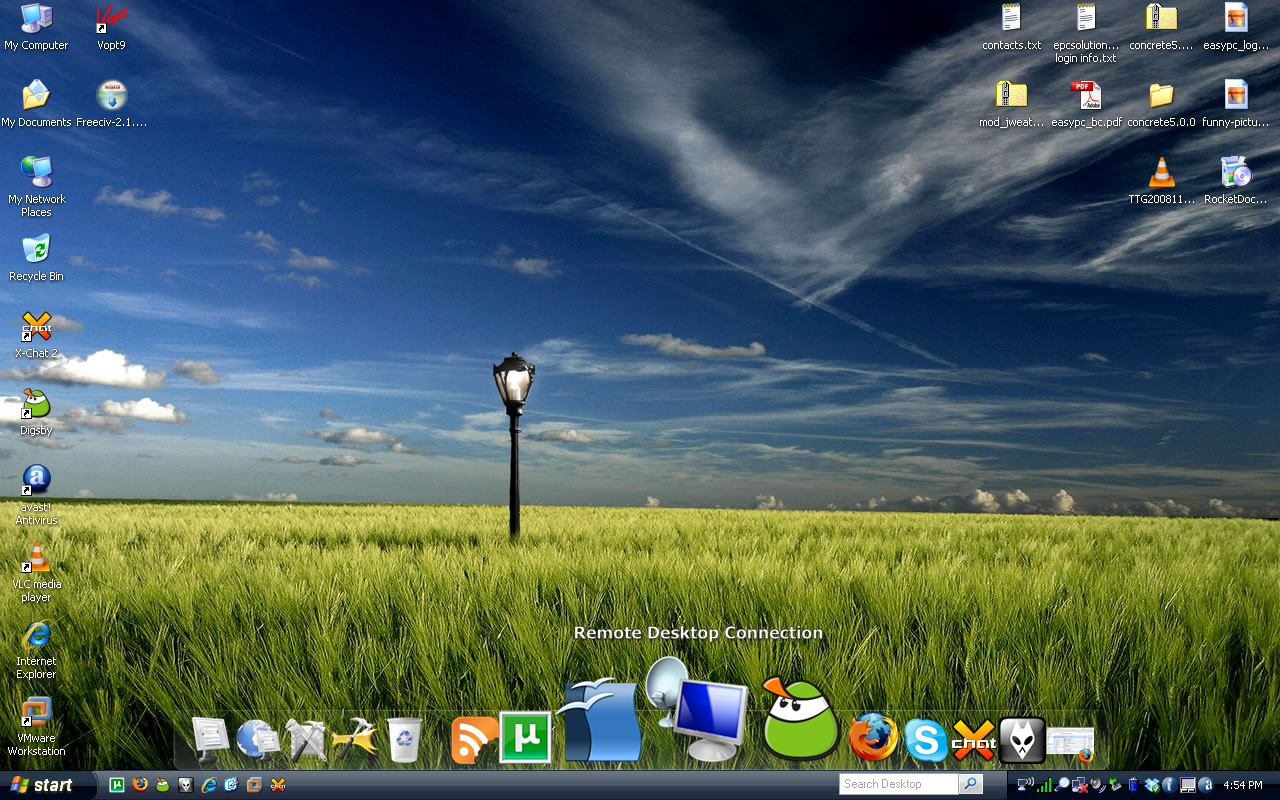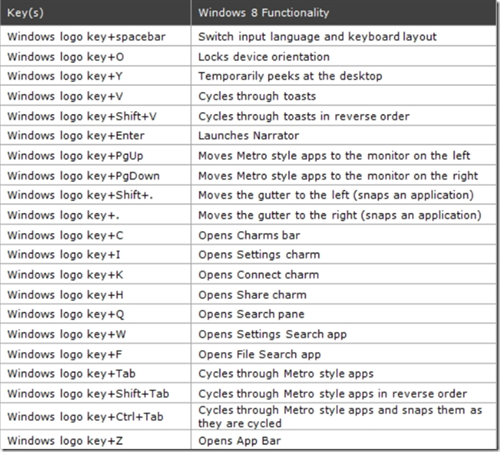

- Windows shortcuts how to#
- Windows shortcuts pdf#
- Windows shortcuts windows 10#
- Windows shortcuts mac#
For more size options, position your mouse cursor over the desktop, hold down the Ctrl key, and scroll up and down with your mouse wheel.

You can also choose the size of your desktop icons from here-large, medium, or small. If you don’t see any shortcuts on your desktop, they may be hidden. Right-click the desktop and select View > Show Desktop Icons to unhide them. Want to create a shortcut to a website or application in your Downloads folder? Go right ahead! Just drag and drop it to your desired location instead of the desktop. You can use all the above methods to create shortcuts in other folders, too. Whatever type of shortcut you create, you can right-click it afterward, select “Rename,” and change the name to whatever you like. However, you can create them in Chrome or Firefox, and they’ll automatically open in your default web browser-even if that’s Microsoft Edge. Edge won’t let you directly create desktop shortcuts. This doesn’t work in Microsoft Edge for some reason. Ctrl+Windows logo key +Tab, Use the arrow keys to cycle through programs on the taskbar by. With a web page open, drag and drop the icon to the left of the address bar-it’s generally a padlock or an “i” in a circle-to the desktop. Alt+Spacebar, Open the shortcut menu for the active window. In Google Chrome or Mozilla Firefox, you can quickly create desktop shortcuts to websites. If you don’t hold down Alt, Windows will show the words “Move to Desktop,” and it will move the folder or file to your desktop rather than simply creating a link. Release the mouse button to create the link. The words “Create Link in Desktop” will appear. Hold down the Alt key on your keyboard and then drag and drop the file or folder to your desktop. To create a desktop shortcut to a file, first, locate the file somewhere in File Explorer.
Windows shortcuts how to#
How to Create a Shortcut to a File or Folder
Windows shortcuts windows 10#
Windows 10 won’t let you drag and drop anything from the search results. They differ slightly from the shortcuts that are available when you're viewing dashboards or editing dashboards.Note that you can’t search for the application by name in the Start menu. The following shortcuts are available when you're viewing or editing legacy dashboards.

They differ slightly from the shortcuts available for legacy dashboards. Shortcutĭepending on your permissions and the access level you have for a dashboard, these are the shortcuts you can use when dashboards are in edit mode. They differ slightly from the shortcuts that are available when you're viewing legacy dashboards. When viewing or editing dashboards, use the Esc key to hide the keyboard shortcut help menuĮnter or exit Development Mode This shortcut is overridden when you're in the LookML editor (IDE)ĭepending on your permissions and the access level you have for a dashboard, these are the shortcuts you can use when viewing dashboards. The following shortcuts are available to all or almost all pages in Looker: Shortcut You also can press ? to see the available shortcuts. To see a list of the available shortcuts, you can choose Keyboard Shortcuts from the Help menu.
Windows shortcuts pdf#
FREE DOWNLOAD: This cheat sheet is available as a downloadable PDF from our distribution partner, TradePub. These shortcuts are perfect for Windows 11 and macOS Monterey, though most will work on earlier versions too.
Windows shortcuts mac#
The available shortcuts vary by location in the Looker application. Thats why weve put together this guide that lists helpful actions and their respective Windows and Mac shortcut. Looker offers users a variety of keyboard shortcuts. Save money with our transparent approach to pricing Rapid Assessment & Migration Program (RAMP) Migrate from PaaS: Cloud Foundry, OpenshiftĬOVID-19 Solutions for the Healthcare Industry


 0 kommentar(er)
0 kommentar(er)
